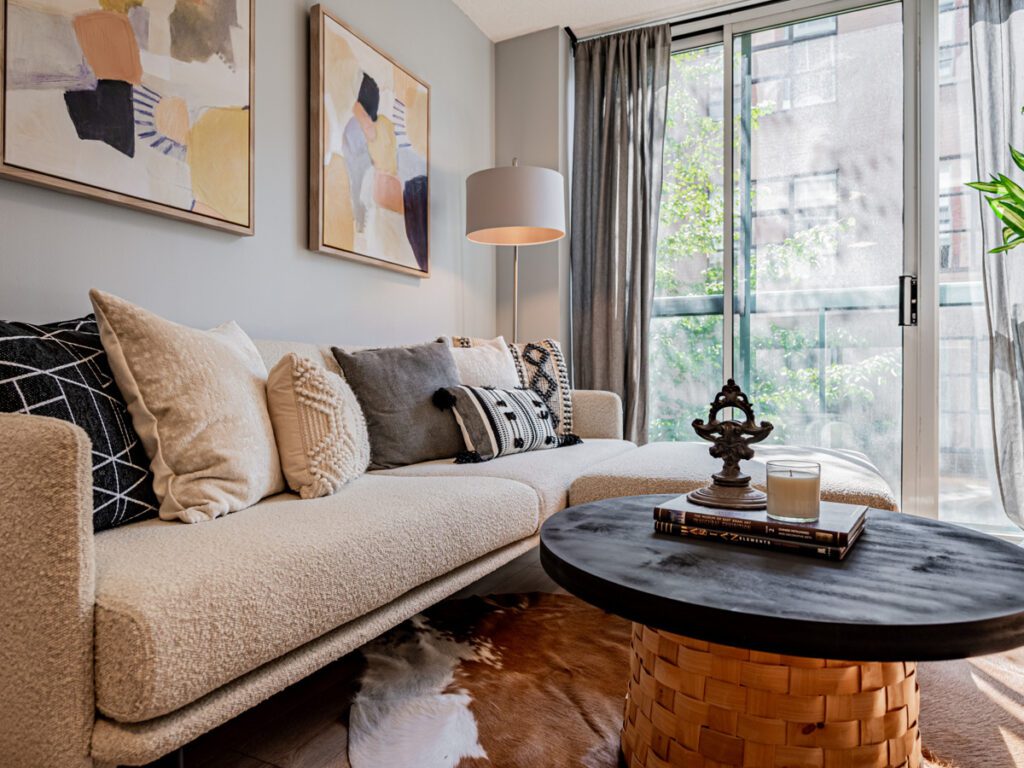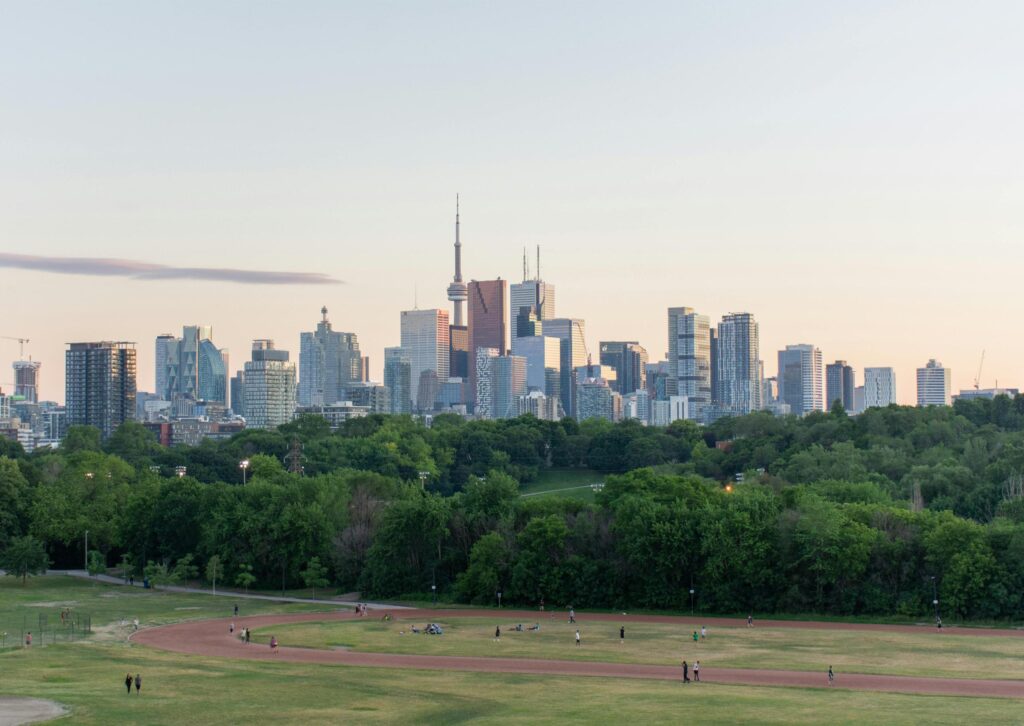Clearing out the family home before you sell it is no small task. Usually, everyone has to do a little decluttering when they sell, however, there are instances when the family home needs a complete front-to-back purge of your belongings.
If you’re in this boat, it’s easy to get overwhelmed but such a major process. That said, with the right approach (and help) you can get through it with minimal stress and be one step closer to a smooth, top-dollar sale.
Have a Plan
Before diving into the physical work of purging, it’s crucial to plan your approach. Set a realistic timeline for completing the decluttering process. This might range from a weekend project to several weeks, depending on the scale of the task. As part of your planning, equip yourself with the necessary supplies such as boxes, trash bags, markers, and labels. This will streamline the sorting process.
Ready to begin your rightsizing journey? Explore these blog posts for helpful real estate tips.
- Is There Such Thing as a Stress-Free Downsize?
- Uncovering Hidden Wealth in Your Home
- Why You Should Downsize Downtown
Manage Your Workload as You Go
Begin with a small area to build momentum. This could be a single drawer, a closet, or a small room. Completing these smaller tasks will provide a sense of accomplishment and motivate you to tackle larger areas.
As you go through each area, sort items into four categories: Keep, Donate, Sell, and Throw Away.
Keep – this is for items that are functional and used regularly like major furnishings, appliances or other important everyday items.
Donate – Any belongings that are in good condition that you no longer need but could be useful to others. If you plan to donate, ensure the items are in good condition and will be useful to others. Research local charities and donation centres that can benefit from your contributions. Or, ask your real estate agent for recommendations on where you can donate.
Sell – If you have time, it could be worth holding a moving sale, yard sale, or garage sale. This can help you earn a little extra money on items you no longer need. For high-value assets like jewelry or antiques, you may want to consult an expert before you sell.
Throw away – While it’s best to reuse and recycle whenever possible, you may be holding onto some items that are broken, worn out, or no longer usable. Properly recycle items that can’t be donated or sold, such as electronics, batteries, and certain plastics. Check local recycling guidelines for specific instructions.
Work as a Team
As a family, you have multiple members who can help with the purging process. Discuss the plan with your family to ensure everyone is on the same page. Assign tasks to each family member to distribute the workload fairly.
Working as a team also applies to keeping your current home clean as you sell it, and your next home. Encourage every family member to take responsibility for their own spaces. Regularly scheduled family decluttering sessions can keep everyone engaged and invested in maintaining a tidy home.
Keeping Your Home Clean & Clutter-Free Long Term
When it comes to maintaining a clean, fresh home, purging is only step one. Once you’ve decluttered, the next step is to organize the remaining items and establish systems to maintain a clutter-free home. This will take diligence and cooperation from everyone in the family.
Spend a few minutes each day tidying up and putting items back in their designated places. Weekly deep cleaning can help maintain order. Utilize shelves, bins, and organizers to create designated spaces for items. Label these spaces to make it easy for everyone to know where things belong.
To prevent future clutter, be mindful of your purchasing habits. Before buying new items, consider if they are truly necessary and how they will fit into your existing space. Whenever you bring new items into the house, try to remove an older equivalent item (within reason). This prevents new clutter from accumulating.
Want to know what your housing options are as a downsizer? Check out these blog posts for unique insights.
- Not Ready For Condo Life? 3 Alternatives For Downsizers
- Downsizing as a Snowbird
- Your Questions About Garden Suites Answered
Let Us Do The Heavy Lifting For You
With the right approach and planning, decluttering (and downsizing) your home doesn’t need to be stressful. With that in mind, the hands-down best way to take the anxiety out of your journey is to work with a real estate team that specializes in downsizing – like us, Silver Burtnick & Associates.
For decades, we’ve helped countless clients discover their best lives by facilitating a smooth and simple downsize every step of the way. With services beyond buying and selling, our approach to rightsizing is end-to-end. It’s our goal to not only help you achieve a great result but also to take the weight off your shoulders. We’ll coordinate all the logistics and moving parts on your behalf so you can focus on enjoying your transition.
As an experienced and collaborative real estate team, we can help you navigate the process of rightsizing. When you’re ready to begin your next chapter, get in touch. Click here to send an email or .


















